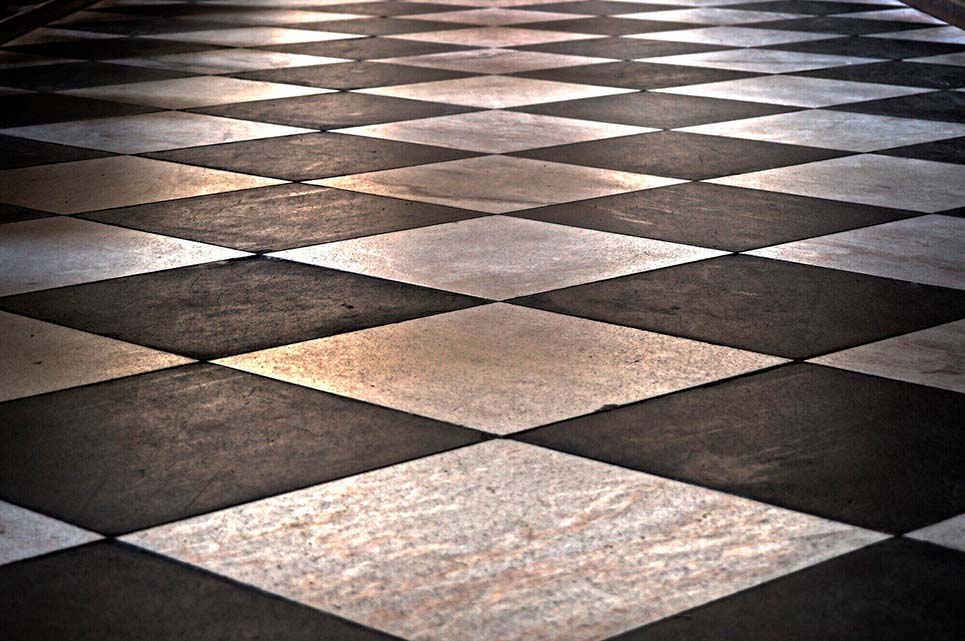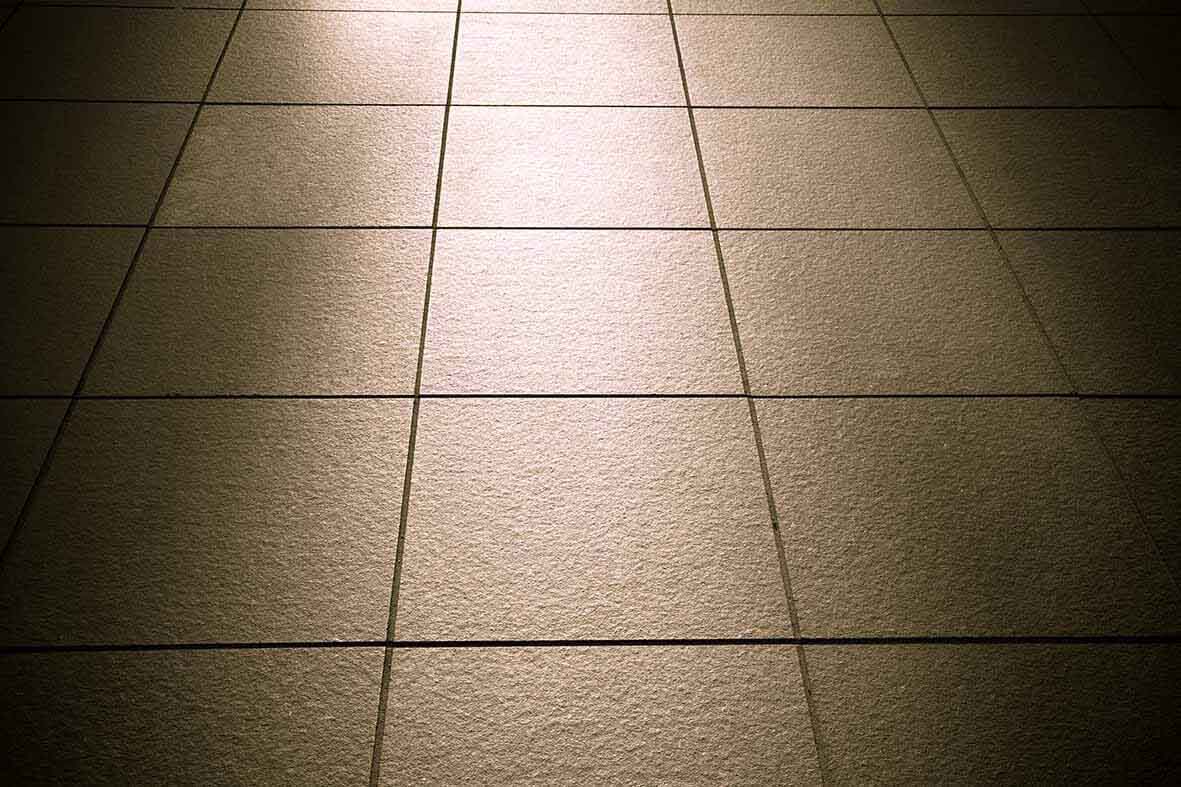According to Ruby Home, 98% of basements in the U.S. will experience some form of water damage during their lifetime. Preventing this can be as simple as adding a tile installation drain system to redirect water away from your home’s foundation. Let’s look into drain tile installation, from the basics of how it works to step-by-step instructions to protect your home.


Benefits Of Drain Tiles
Drain tile systems help prevent water from seeping into your basement by rerouting water that collects around the foundation. When installed properly, these systems move water away from the home, reducing the risk of basement leaks and foundation damage.
There are two main types of drain tile systems: interior and exterior.
Interior drain tile systems are installed inside the home, usually beneath the basement floor. The systems are ideal for homes with severe flooding or ongoing moisture problems that need more immediate solutions.
Water is collected and directed into a sump pump, which then pumps the water away from the house.
Exterior drain tile systems, on the other hand, are installed around the outside of the foundation. They’re designed to stop water before it enters the home. They’re typically installed during the construction of a new home or during a major renovation.
The main advantage of an exterior system is that it prevents water from ever reaching the foundation, but it requires more labor and expense upfront.
Drain Tile Installation: Planning and Site Assessment
The first step is to evaluate the site where the drain tile system will be installed. It involves understanding how water flows around your home and identifying any low-lying areas where water tends to collect.
Checking the soil type is also important. Some types of soil, like clay, don’t drain well, which can make water problems worse if not handled properly.
Next, it’s important to figure out where the drain tile system should be placed. This will depend on your home’s layout and the severity of water issues. For interior systems, the drain tile is usually installed around the basement perimeter. Exterior systems are placed along the foundation outside the home.
Finally, proper slope and grading are essential for moving water away from your home. The ground around the house should be sloped so that water flows down toward the drain tiles.

Excavation and Preparing the Site
Excavation is one of the most important steps in drain tile installation. Start by carefully marking the area where the excavation will take place. It helps avoid digging too close to utilities or other important structures.
The trench should run along the perimeter of the foundation for the exterior system or around the basement for interior systems. Once the trench is dug, check that it’s even and at the right depth. Uneven digging can lead to poor water drainage, which can cause the system to fail.
Once the trench is ready, clear out any debris or large rocks that could interfere with the drain tile placement. Ensuring a clean trench allows for a smoother installation and better water flow.
Laying the Drain Tiles
Once the excavation is complete, the next step is to lay the drain tiles in the trench. Drain tiles are perforated pipes that allow water to flow into the system while keeping soil and debris out. Proper placement of these tiles is key to ensuring the system works efficiently.
The first step in laying the tiles is to place a layer of gravel or drainage rock at the bottom of the trench. It creates a stable base for the tiles and helps water flow smoothly.
After the gravel is in place, the perforated drain tiles are carefully laid down. It’s important to position the perforations facing downward, as this allows water from the surrounding soil to enter the pipe.
Once the tiles are laid, another layer of gravel or drainage rock is added on top to help with filtration and prevent clogs. The gravel helps keep soil from entering the pipes, which could block the system. It ensures the drain tile system continues to function properly over time.
After the gravel is in place, a fabric or mesh filter can be used to further protect the system from soil clogging. Finally, the trench is filled with soil to cover the system.

Connecting to a Sump Pump or Discharge Outlet
For interior systems, the drain tiles are usually connected to a sump pump. The sump pump is installed in a pit where the water collects, and when the water reaches a certain level, the pump activates to move it out of the house. This system is useful in homes with frequent flooding or excessive water buildup.
Exterior systems usually connect to a discharge outlet. The outlet should be positioned far enough from the foundation to ensure the water doesn’t seep back into the soil near the house. The discharge pipe must be sloped properly so that water flows freely away from the home.
Routine Inspection and Maintenance
A simple way to inspect the system is to look for signs of clogging or slow drainage. You can also flush the system with water to ensure the pipes are clear. If you have an interior system, it’s important to check the sump pump regularly. Make sure the pump is functioning and that water is being discharged properly.
Troubleshooting Common Issues
Clogs are a common issue in drain tile systems. Over time, soil or debris can enter the system, slowing down or stopping water flow. Flushing the system with water or using a snake can help clear these blockages.
Sump pump failure is another concern for interior systems. If the pump stops working, water can back up into your basement. Regularly testing the pump and replacing it when necessary will prevent this.
Drainage System Installation: Home Waterproofing Solutions
A well-executed drain tile installation protects your home from water damage, keeping your basement dry and foundation secure.
At RUBI, our mission is to help professionals all over the world with the best tools for the best results. We’re proud to offer quality equipment and advice for a huge range of projects.
Get in touch today to find out how we can help with your drain tile installation!


Post a comment